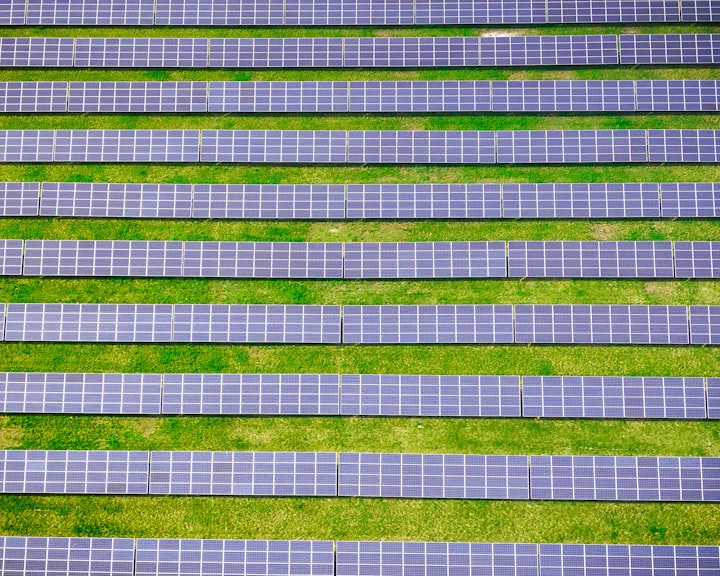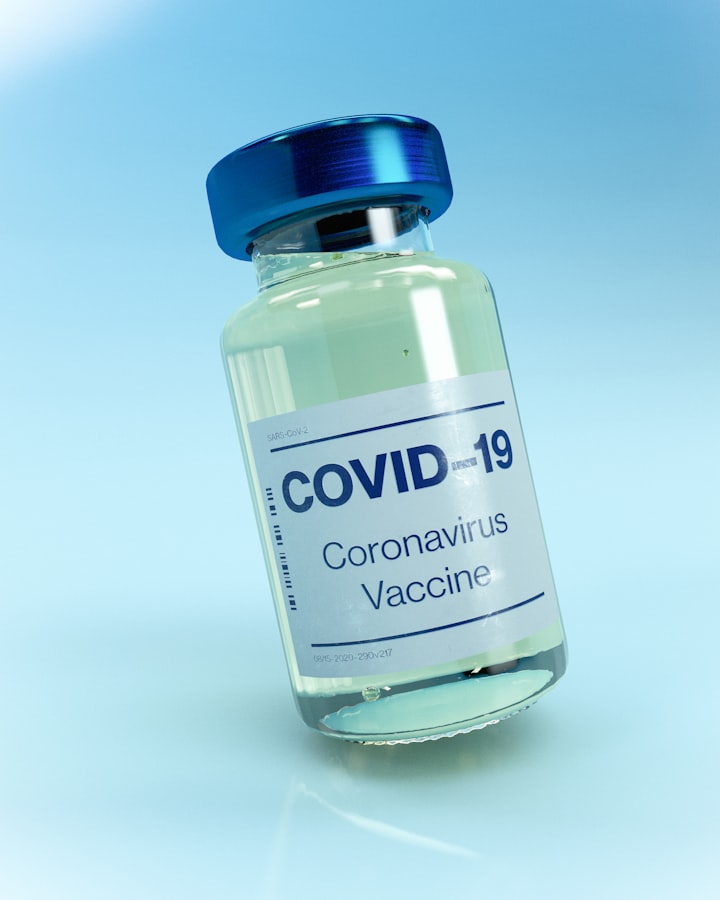Renewable Energy Sources: Solar Power An Overview
Solar power has been around since ancient times. Even though we have not yet reached the peak of solar energy production, it can still be used as a renewable resource.

Solar power has been around since ancient times. Even though we have not yet reached the peak of solar energy production, it can still be used as a renewable resource. Photovoltaic cells convert sunlight into electricity using semiconductors. They are often used to create electric cars, satellites, and even homes. There are several different ways to use photovoltaics to produce electricity including passive systems that collect light from the sun and active systems that use lenses and reflectors to concentrate sunlight.
Solar Power: The Basics
1. What is Solar Power?
Solar power is the use of the sun's energy to generate electricity. This type of renewable energy can be used to provide all forms of electrical needs.
2. How does solar power work?
The sun emits light that contains energy. Photovoltaic cells are able to convert this light into direct current (DC) electricity. DC electricity can then be converted into alternating current (AC) through a series of electronic components.
3. Why do we need solar power?
We need solar power because our planet Earth has limited natural resources, including fossil fuels. These non-renewable sources create pollution and contribute to global warming. In addition, some countries have unstable governments and/or economies. We cannot afford to rely on these countries for our energy needs.
Solar Power: Getting Started
Solar power can be used to generate electricity that can then be fed into your home's electrical grid. This is a great way to reduce your carbon footprint while still using energy generated from renewable sources!
There are two ways to use solar power:
a) Off-Grid - Use panels to collect energy directly from the sun to produce electricity.
b) On-Grid - Use panels connected to the utility company's distribution system to produce electricity.
You may have heard about rooftop solar before, but did you know that you can actually buy solar panels? These are called'solar photovoltaic systems' (or PV systems). They're not just for rooftops anymore.
Solar Power: Installation & Maintenance
Solar panels are installed on your roof and connected to a battery bank that stores energy generated from the sun's rays. This stored power can then be used to charge any number of devices around your home.
A solar panel installation begins with measuring the surface area of your roof. Next, the installer will measure the distance between each row of shingles. Once this information has been gathered, the installer will use a laser level to ensure that the solar panel is placed at the same height as the roof line. After the solar panel is mounted, the installer will connect it to the electrical system.
If you have a large amount of space on your roof, you may want to consider installing multiple solar panels. Each additional panel adds to the total capacity of the system. You should always consult with a professional electrician before adding any equipment to your home.
When purchasing a solar panel, make sure that it is rated for your region. Most manufacturers offer different models based on the climate where they are manufactured. In addition, some panels come equipped with inverters that convert DC current into AC current. These inverters are necessary if you plan on using your solar energy to power appliances like air conditioners, heat pumps, and water heaters.
To maintain your solar panel, clean it regularly. Dirt and dust buildup can reduce its efficiency. Use a soft brush to remove debris and wash the panel with warm water and soap.
If you live in an area with extreme weather conditions, you may need to install a backup generator. Generators provide electricity in case your solar panels fail. They also allow you to continue powering your home in the event of a blackout.
Solar Power: Cost Savings
Solar power is a renewable energy source that can provide electricity 24 hours per day, 7 days per week. This means that solar power can be used to meet your electrical needs at any time. There are many benefits to using solar power instead of traditional sources of electricity.
Solar power is cost effective. When compared to other forms of electricity generation, solar power is relatively inexpensive. The initial investment costs money but after that, operating costs are minimal.
Solar power is environmentally friendly. Unlike nuclear power, coal-fired power plants, and natural gas power plants, solar power does not produce harmful emissions.
Solar power is reliable. Because solar power doesn't rely on the weather, it's always ready to provide you with clean, safe, and affordable electricity.
Solar power is flexible. You can use solar power to power just about anything that uses electricity. Whether you're powering lights, appliances, electronics, or even vehicles, you can use solar power to create a self-sustaining system.
About the Creator
Writer Tiger
I write articles on Psychology, Technology, Blockchain and information. Most of my time is spent researching and getting the right information.






Comments
There are no comments for this story
Be the first to respond and start the conversation.